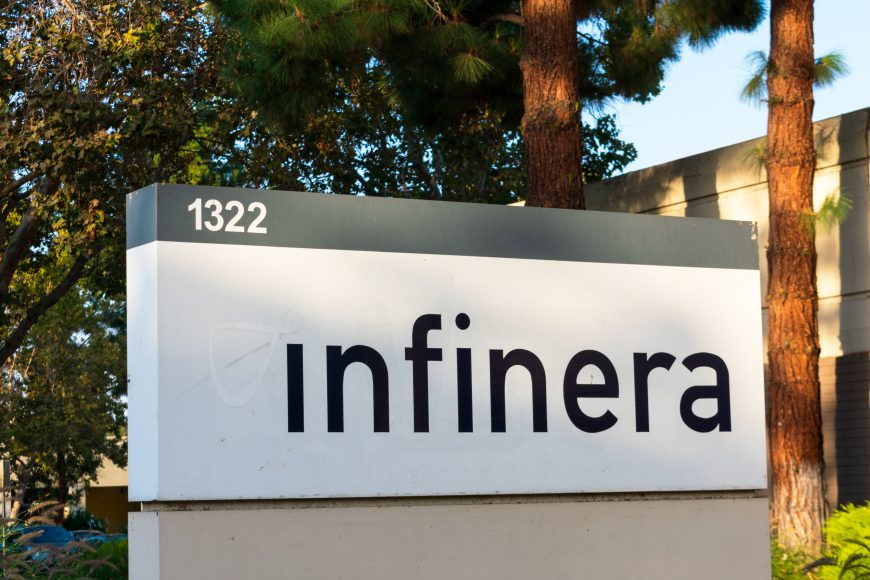Breaking Down Open Optical Barriers
At OFC 2022, much was discussed about open optical networking and how it offers service providers more choice, faster innovation, and improved economics.
Another hot topic at the event was that of coherent pluggable optics and how they are increasingly deployed in a variety of environments, from routers and switches to 5G radio units and servers.
I would like to bring these two topics under a common lens and share with you my own personal experience from three very busy days meeting service providers and performing software automation demos at Infinera’s OFC booth.
What’s stopping us from being more open?
Every service provider I talked to confirmed how eager they are to adopt open optical networking. Even a recent survey by Heavy Reading found that 74% of service provider respondents are willing to consider alternative 800G optical engine/transponder suppliers beyond their current incumbent optical networking vendors.
But most worry how to monitor and control their disaggregated networks in an efficient manner, similar to what they experience when operating a closed system. In fact, the same Heavy Reading survey confirmed that an increase in operational complexity in multi-vendor networks is a top concern for service providers considering the move to open optical.





